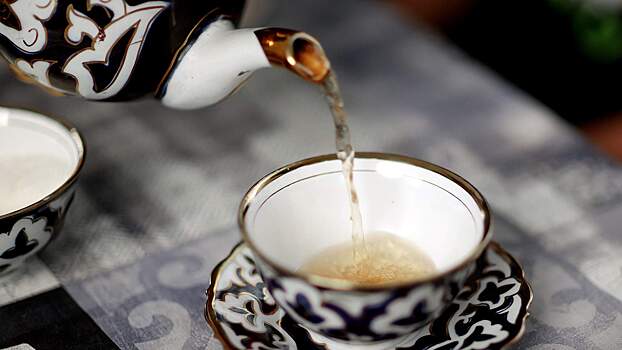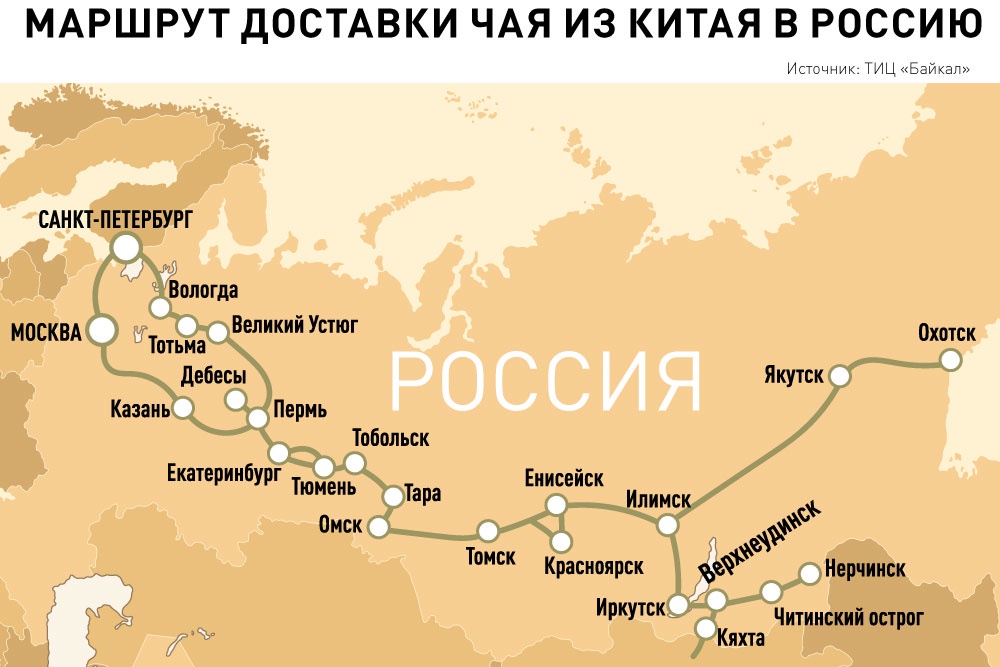Russia, China and Mongolia will develop a joint tourism brand
In Ulan-Ude, during a meeting between the heads of tourism authorities of Russia, China and Mongolia, a tripartite agreement was signed on the development of the Great Tea Road brand.

Wider gate
“Tra Lon Road” will connect three countries with a single route. The task of today's tourism industry experts is to think about how to increase brand awareness and its appeal to tourists.
– As part of the meeting, meetings took place between the head of the Republic of Buryatia, Alexey Tsydenov, and Deputy Minister of Culture and Tourism of the People's Republic of China, Zhang Zhang, and the State Secretary of the Ministry of Culture Culture, Tourism, Sports and Mongolian Youth, Adiyasuren Davaazhargal. We have agreed to form a working group to develop the “Great Tea Road” brand, in which representatives of Buryatia have been invited,” said Minister of Tourism of the Republic Aldar Dorzhiev.
According to him, Buryatia was historically the gateway to the Central Asian countries – diplomatic and trade routes passed through the region. Therefore, it plays an important role in developing relations with China and Mongolia.
– The number of tourists from these countries is increasing. To further increase traffic, Aldar Dorzhiev explains, proposing to strengthen advertising campaigns, effective marketing and exchange of experience in this field, which will be an important factor in increasing the number of foreign visitors .
To work on a single route, guides-interpreters will be needed (and they practice on each other), updated lists of tour operators and new personnel in the tourism industry. Tourism product sales standards will be developed for Great Tea Road and a single brand will have to ensure the quality of goods and services provided.
Can I get over it?
The “tea” route would echo the ancient trade route from China through Mongolia, Siberia, the Urals and the Volga region to Moscow and St. Petersburg. Petersburg. It was created in the 18th century to export tea. In September, a historical and local historical research expedition set out from the village of Selenduma, Selenginsky district of Buryatia, along the preserved remains of the “Great Tea Route” to test the possibility of traveling crossing of the route.
“We had a very difficult road ahead through the taiga; it was once the path of hunters, traders and simply explorers, the most important trade route. We passed certain sections only thanks to the skills of the SUV driver. Many times I have to “scout” to determine direction – some sections of today's road do not coincide with modern road surfaces. Our goal is to find the most accurate route on the historical route of Udunginsky street, the location of old stations and the possibility of their reconstruction.
We wanted to evaluate the attractiveness of the road for people participating in walking, cycling and motorbike tourism. Throughout the journey, the most difficult areas were marked and banners installed,” expedition leader Nina Ankudinova shared.
In total, the participants of the walking tour along the “tea” road traveled more than a hundred kilometers. The journey was not easy, but those participating in the expedition had experience walking through the taiga, surviving in difficult natural conditions, and knew how to use maps and… weapons. Wild animals are found in this area.
During the expedition, interesting artifacts were discovered at two sections of the historical highway in the Kabansky district and at the location of one of the stations of the legendary route. These finds were transferred to the local history museum of the city of Babushkin.

Two cibiks in cowhide
The Great Tea Road would unite the Far East, Siberia, the Urals, the Volga region, Moscow and St. Petersburg. Petersburg of Russia.
– 18 Russian regions have submitted proposals on the content of this idea. These include attractions, local tourist routes, hotels and tour operators interested in implementing the project, said Dmitry Vakhrukov, Deputy Minister of Economic Development of the Russian Federation.
All proposals will be analyzed by experts from the Ministry of Economic Development, after which a roadmap will be developed to form and promote the route.
This will be a road with elements of sightseeing and educational tourism. At the strongholds, visitors will enjoy museums and memorable exhibitions related to the tea trade. They will not forget about the comfort of tourists: hotels, entertainment venues, spas – they have at their disposal all the best in Russia, China and Mongolia.
There were several strongholds in Buryatia: the city of Ulan-Ude (historical name Verkhneudinsk), Udunginsky street and the city of Kyakhta. The latter turns 300 years old in 2027. Once upon a time, gold and foreign exchange transactions with China were carried out only in Kyakhta, where trade flourished and where the richest merchants of the Russian Empire were born. living. Kyakhta is considered an important milestone of the “Great Tea Road”. It was from here that tea went on a long journey across Russia.
The history of the tea road is the history of the development of trade and peaceful relations between Russia and China. They are ready to tell it fascinating to everyone who comes to Kyakhta – on the eve of the 300th anniversary of the city's founding, they plan to organize many events related to tea, which gave life to It.
During the most prosperous years, Kyakhta brought to the Russian treasury 8-9% of its total income. The routes of the most famous expeditions and expeditions ran through it, including Przhevalsky, Obruchev, Tsybikov.
By the way, the Kyakhta Museum named after Obruchev presented a tea exhibition at the exhibition “Far Eastern Street” at VEF-2024. Here, they brewed a fragrant and sour drink, gave historical presentations, took photos in vintage style with “landlords” and ancient tea merchants, and offered to try their hand at working as craftsmen. blacksmithing – used to be a very well-paid profession.
“Tea gives people a job and is therefore highly valued.” Imagine: it is transported to Nizhny Novgorod for 16 months so that it does not lose its properties and deteriorate, does not absorb strange odors, it will be sewn with cowhide. The work was hard and dusty, but the experts received very decent money for their work and did not deny themselves anything. A skin containing two tsibiks – Chinese wicker tea baskets. Savoshnik – this profession is also lost today – he cleaned the tea so that there were no leftovers, the trimmer carefully sewed the skin with a large needle, Inga Abdulaeva, researcher at the Kyakhtinsky Museum of Local Traditions, prove.
The quality of the goods depends on the skill of the extender. Furthermore, the goods are very expensive. Under Inga's guidance, I also tried sewing the leather and, to be honest, I admit that I couldn't do it: it was very difficult. But I find it difficult to get my favorite drink.




Leave a Reply